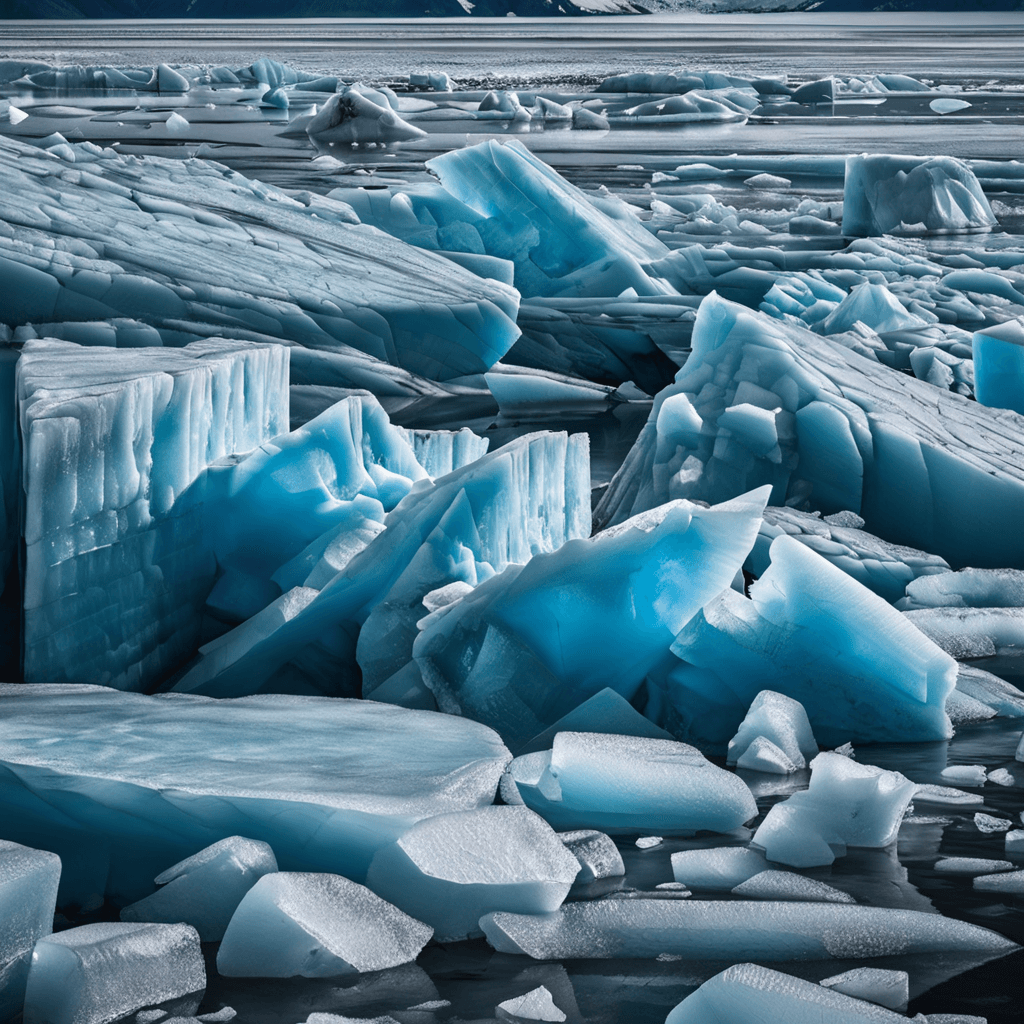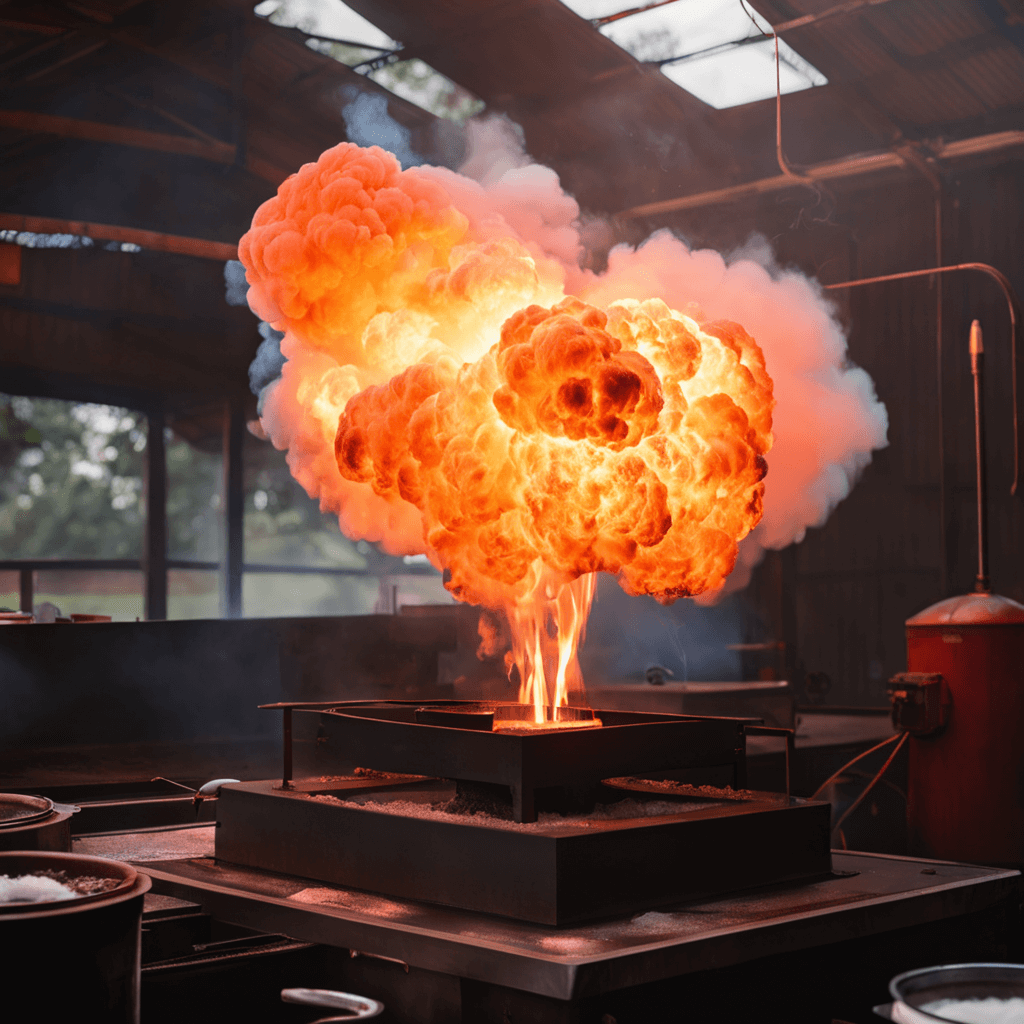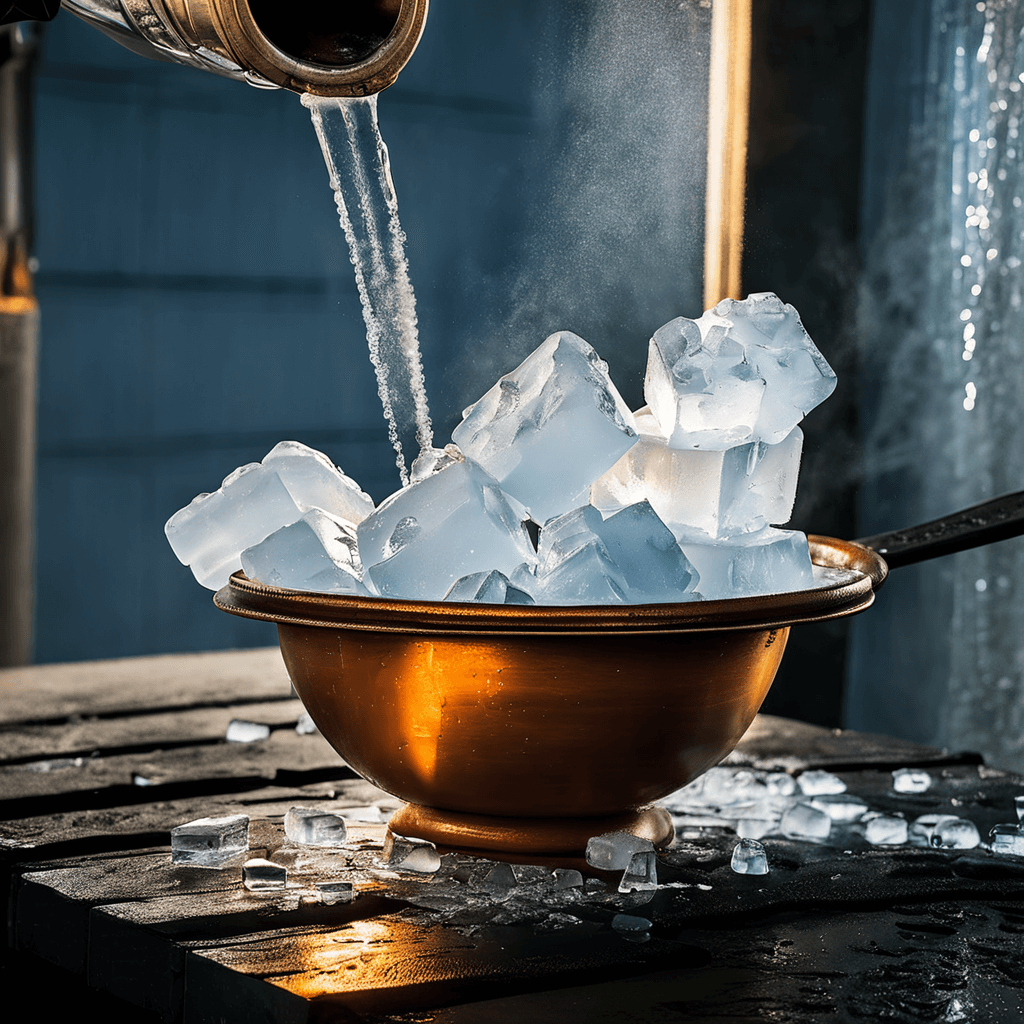Is freezing endothermic or exothermic? Most people learned in high school that freezing is an exothermic process – but is it really?
Freezing is exothermic because it takes energy from the environment to create a lower-energy state in the substance being frozen.

Freezing is an exothermic process. When a substance freezes, it releases energy in the form of heat to its surroundings.
5 key points about freezing being exothermic are:
- Freezing involves a phase change from liquid to solid. As the liquid freezes, the water molecules form a crystalline structure and release energy.
- This released energy is in the form of latent heat. The latent heat of freezing for water is approximately 334 J/g.
- The surrounding environment absorbs this heat energy, causing the temperature of the surroundings to increase.
- Therefore, freezing is exothermic – heat flows from the freezing substance (water) to the surroundings. The water loses energy and the surroundings gain energy.
- In contrast, melting is an endothermic process. Energy must be absorbed by the substance (ice) to break the crystalline structure and melt into a liquid.
So in summary, because heat energy is released to the surroundings, freezing is an exothermic process. The release of energy makes the change from liquid to solid thermodynamically favorable at low temperatures.
Explain It To A Child
Freezing is a process that releases heat. This happens because when water freezes, the molecules have to move into a new shape. This new shape needs energy.
In other words, when you freeze something, you’re removing energy from its surroundings.
The molecules in a substance are constantly vibrating and zipping around.
When you freeze something, these molecules slow down and eventually stop moving altogether.
This requires energy input from the surrounding molecules (in the form of heat), so freezing is technically an exothermic process.
Is freezing endothermic or exothermic?
Freezing is exothermic.

- When water freezes, it gives off heat.
- That’s why you sometimes see ice cubes sitting in a puddle of water – the ice is melting and releasing heat, which keeps the surrounding water liquid.
- The same thing happens when you put a container of hot food in the freezer – the food gives off heat, which raises the temperature of the freezer and makes it work harder (and use more energy).
So, not only is freezing exothermic, but it can also make your freezer less efficient.
That’s why it’s important to limit the amount of time that hot food spends in the freezer.
If you’re looking to save energy, your best bet is to let hot food cool down to room temperature before putting it in the fridge or freezer.
Why is freezing an exothermic reaction?
An exothermic reaction is one that releases energy in the form of heat.
- The opposite of an exothermic reaction is an endothermic reaction, which absorbs heat.
- So why is freezing an exothermic reaction?
- It all has to do with the arrangement of atoms in a substance. When a substance changes from a liquid to a solid, the particles have to rearrange themselves into a more orderly structure.
- This process requires energy, and that energy is released as heat.
- That’s why you often feel a warmth when the ice cream or metal pipes freeze – it’s the heat generated by the exothermic reaction.
The same principle applies to other types of phase changes, such as melting and sublimation.
Is Freezing always exothermic?
Freezing is typically considered to be an exothermic process, meaning that it releases heat.

This is because when water freezes, the molecules have to rearrange themselves into a crystalline structure, and this requires energy.
However, it is possible to freeze substances without releasing heat.
For example, if a container of water is placed in a vacuum chamber, the water will boil before it freezes.
This is because there is no air pressure to prevent the water molecules from expanding as they vaporize.
In other words, freezing can be endothermic under certain conditions.
However, in most cases, freezing is still an exothermic process.
Why is freezing water exothermic?
When water freezes, it releases heat into the surrounding environment.

- This process, known as exothermic freezing, occurs because the molecules of a substance are more ordered when they are in a solid state than when they are in a liquid state.
- As water freezes and becomes more ordered, it must release energy in order to maintain equilibrium with its surroundings.
- This release of energy manifests as heat, which warms the surrounding air or water.
- In addition to being exothermic, freezing is also an endothermic process.
This means that it requires heat in order to occur. The heat that is required to freeze water is known as the latent heat of fusion.
While the exact amount of heat required varies depending on the substance, it is generally much higher than the exothermic heat of freezing.
As a result, freezing typically cools the surrounding environment.
Applications of the science of freezing as an exothermic reaction
There are many everyday applications for the science of freezing as an exothermic reaction.

- One common example is when ice is used to cool beverages.
- The heat from the liquid is transferred to the ice, causing the ice to melt and the drink to become colder.
- This process can be harnessed to keep food fresh for longer periods of time.
- By freezing food, the temperature of the food can be reduced to a point where bacteria will not grow and spoil the food.
- This process is known as cryogenics and is used extensively in the food industry.
In addition, freezing can also be used to treat medical conditions such as tissue damage and inflammation.
By selectively freezing and thawing damaged tissue, doctors can encourage the body to heal itself more quickly.
As these examples illustrate, freezing as an exothermic reaction has many practical applications in everyday life.
Explore the science of temperature control and air chambers.
So next time you reach for a cold treat on a hot day, remember that you’re experiencing the cooling power of an exothermic reaction!
Article Sources
Jacks of Science sources the most authoritative, trustworthy, and highly recognized institutions for our article research. Learn more about our Editorial Teams process and diligence in verifying the accuracy of every article we publish.
